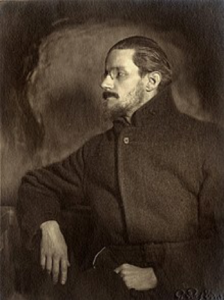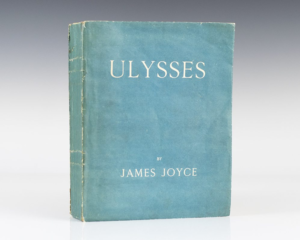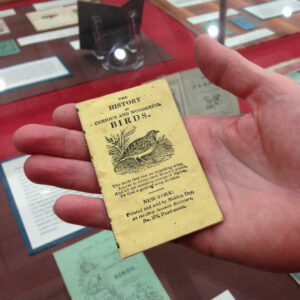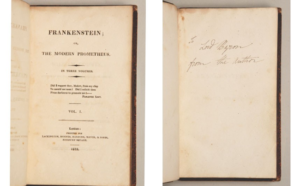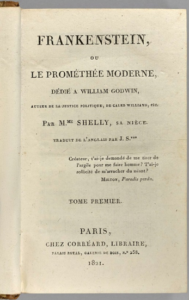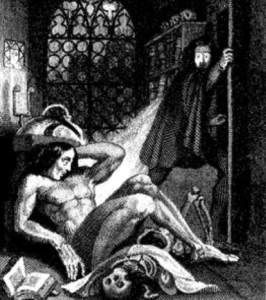Matthew Arsenault
According to a 2017 Barnes & Noble article titled “How to Judge a Book by its Cover,” much of the literature in today’s book shops can indeed be judged by its cover. The article, written by Jeff Somers, identifies stereotypes and tropes in popular fiction covers to help readers deduce the genre of any certain book. Upon reading this article, I wanted to see if these modern guidelines would hold up against older book covers from, say, 100 years ago.
But I didn’t want to investigate the greatest literary works of times past – the covers of these have been analyzed to shreds by much better scholars than I. No, I wanted to look at covers of old genre fiction that lay shrouded in obscurity – the kind of books that can’t be found in the public or university library. Moreover, I wanted to go into these judgements completely blind, so searching for “weird old books” on the internet was out of the question. Thus, I went to the one place that I knew would harbor the most obscure books from decades past: my grandparents’ attic.
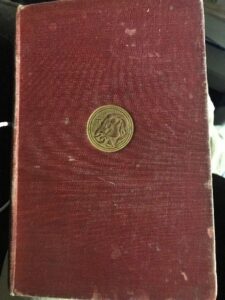
Figure 1: Rudyard Kipling, Stalky & Co., 1899. All images (c) Matthew Arsenault.
Lo and behold, in a box caked in dust and labelled “old books” lay the subject of my enquiry. After a thorough inspection for spiders, I cracked the box open and wiped the grime off the book spines. With my Barnes & Noble guide in hand, I set to work.

